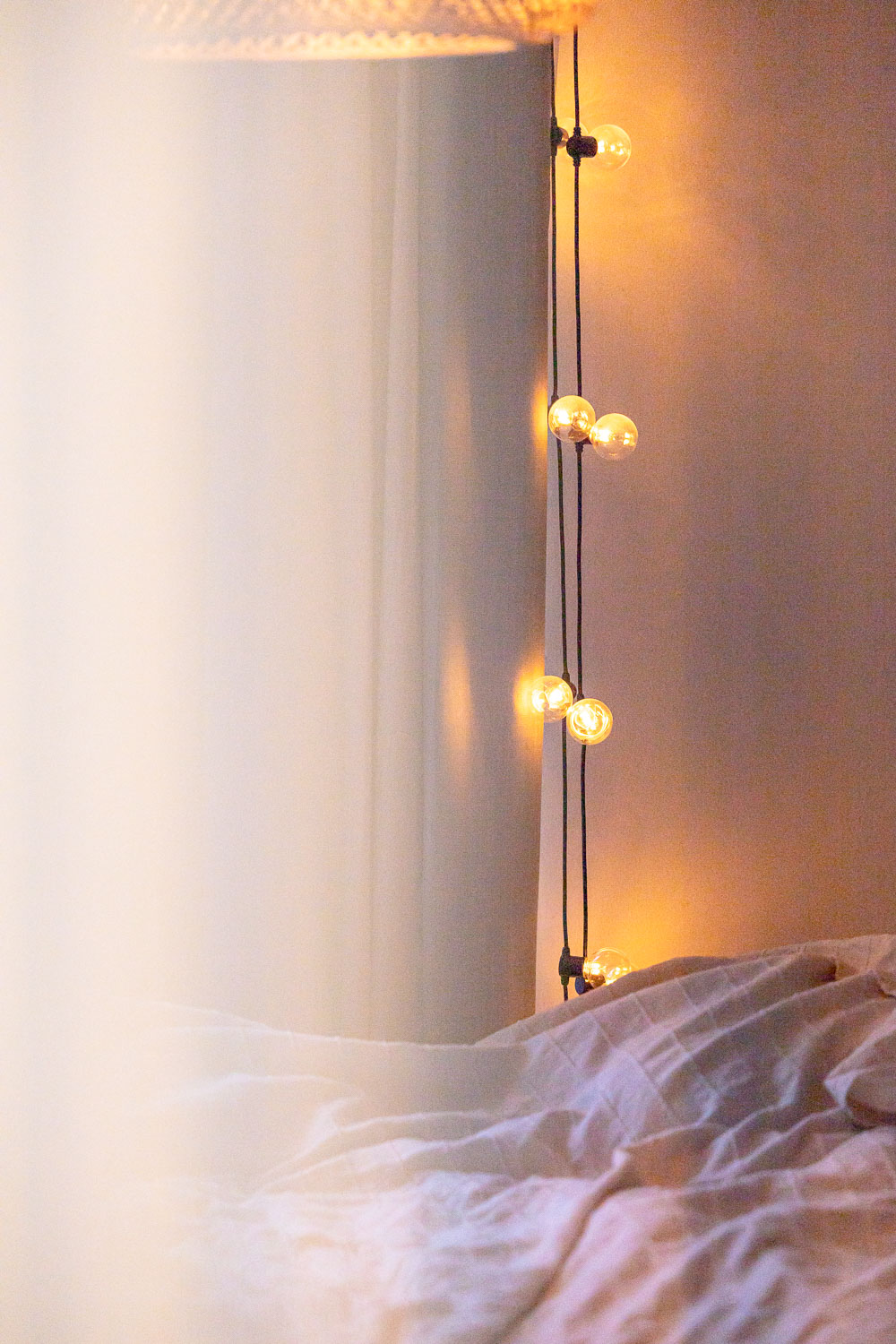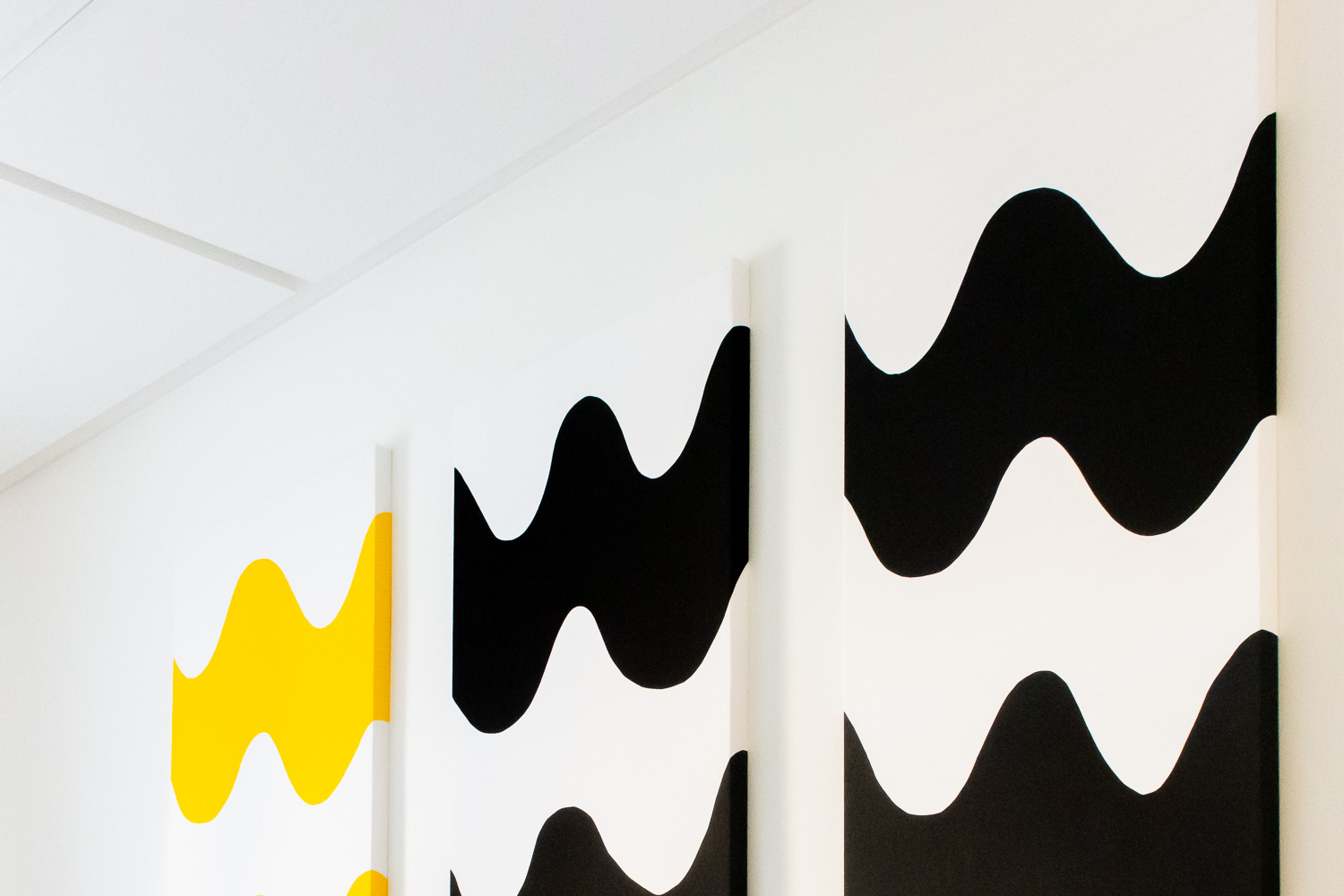Partner links marked with *.
Improving the acoustics at home can have a big effect on the quality of life. And it doesn’t have to cost a fortune. The main objective of improving the acoustics is to reduce echo and attenuate disturbing sounds. An additional goal could be, for example, to acousticize a home theater or TV room.
You can get a feel for the normal, acoustically bare conditions of your home when you’re just moving in. The empty apartment echoes with normal conversation and it feels like all the sounds from outside are coming right in. Once the furniture has been brought inside and put in place, a lot has already been done for the acoustics:
- The carpets have been put in place
- Large furniture, such as sofas, absorbs sound
- Large surfaces on the walls have been (acoustically) broken up by boards or shelves
- Curtains are put up to cover the windows
In this article, we’ll go over some tips for home acoustics beyond those basics. We’ve been improving the acoustics of our home a little more than usual, because we’ve been using two different rooms in our apartment as a podcast studio.
Reducing echoes in the home with acoustics
Clap your hands together in the middle of the room and listen to the echo of the sound. Do it in different rooms and listen to the differences. In the bathroom, for example, the echo is often more noticeable because there are no soft surfaces to absorb the sound.
Unpleasant echoes make for a less comfortable living environment. Instead of poor acoustics, it’s easy to blame the source of the sound: children, the television, family hobbies or a neighbour. So if you notice that the echo in a room is particularly disturbing, you can start with these tips:
Absorb the sound with soft textiles
Imagine that sound is light emanating from your hands in all directions. Where does it bounce and where does it collect? For example, two hard surfaces facing each other will reflect the sound, making it feel louder. Soft carpets, rugs, tapestries or softer building materials will reduce sound echo.

Suck out the sound with furniture
Your interior design choices can have a big impact on the acoustics of your home. Soft furniture such as sofas, chairs or armchairs absorb sound and improve acoustics. Glass tables, glass boards and other hard materials reflect sound and make the situation worse.
Create uneven surfaces in your home
Uneven surfaces disperse sound and dampen echoes. Create a variety of uneven surfaces in your home. For example, a bookshelf is an excellent acoustic element because books are naturally of different sizes and form a random and uneven surface. Minimalist interior design, on the other hand, requires different solutions, as there are no everyday objects available to create acoustic surfaces.
Interior products to improve acoustics
Here are a few different products that can give you ideas for improving acoustics with small interior design choices:
- Rugs
- Pillows and blankets
- Curtains
- Acoustic elements (lighting fixtures, for example)
- Acoustic panels
Home acoustics with acoustic panels: panels for ceilings and walls
Acoustic panels have had the biggest impact in our home: a dozen acoustic panels have been installed on the ceiling of our study and bedroom, effectively dampening echoes. Opposite them, there is a wide bed in one room and a carpet that covers almost the entire floor in the other, so the sound doesn’t echo.

Acoustic tiles on the ceiling of a room are a long-term and permanent solution. We’re used to texture and geometry in the ceiling, but it’s worth trying to design the right panelling for your home.
The acoustic panels shown in the picture are Parafon Royal 60x120x3 cm. They are installed with a thin layer of mounting adhesive. Here are some tips for those considering acoustic panels:
- Use mounting adhesive. At first we tried taping but the panels came down before long.
- Accept that the ones with mounting adhesive will stick in place. We installed fabric-covered panels on the wall, which we later wanted to move. The paint came off with the adhesive and there were holes behind the panels.
- Call a professional to install. Installing panels on the ceiling is both a painstaking and precise job. The easiest way is to get a professional to install the panels. He has the skills and the tools.
- Do not accept broken acoustic panels. The downside of panels is that they take a hit reasonably easily. Do not install a panel on the ceiling if the corner is bumped or if the inside is peeking out from the edge. The panel is difficult to get off after installation and a bad-looking panel will haunt your thoughts as well as your eyes.
- With fabric upholstery, you can decorate and accentuate at the same time. We upholstered a few Royal Parafon panels ourselves with Marimekko fabric and we have liked the result. Pre-patterned acoustic panels are also available.
These tips to make your home more cosy
Use the tips in this article to improve the acoustics of your home. I recommend walking around your home giving yourself a round of applause, so you can see where the acoustics need to be improved. The echoes reduce the comfort of living, especially in large and high spaces.
Also share your own tips for improving acoustics in the comments!

Leave a Reply